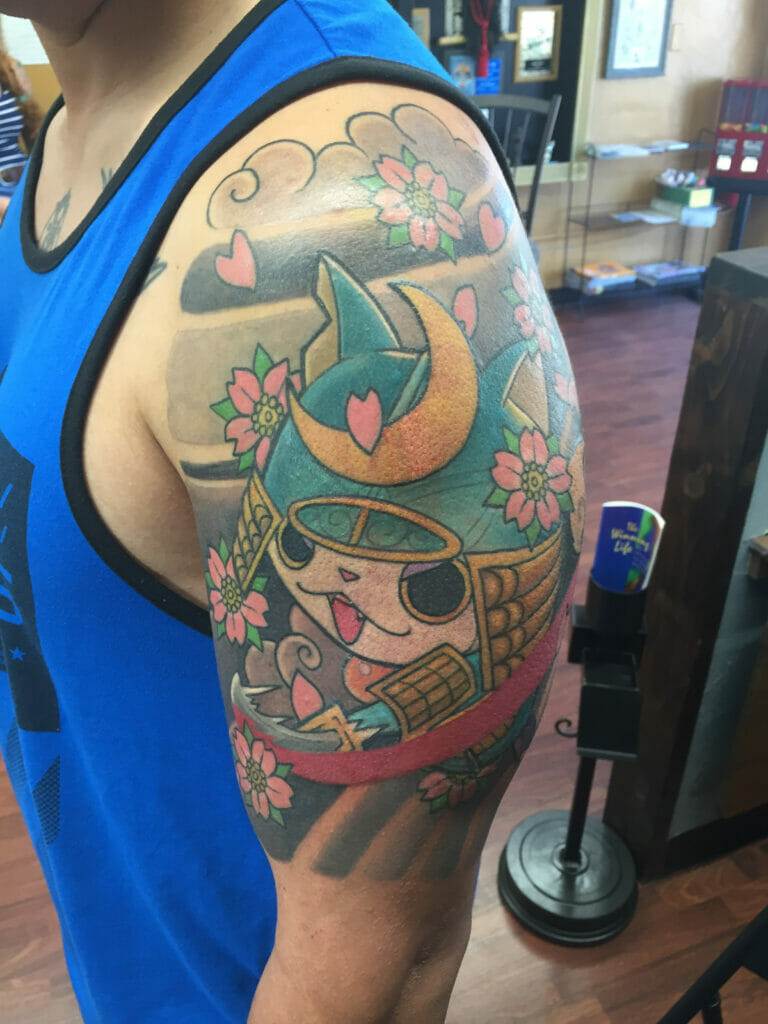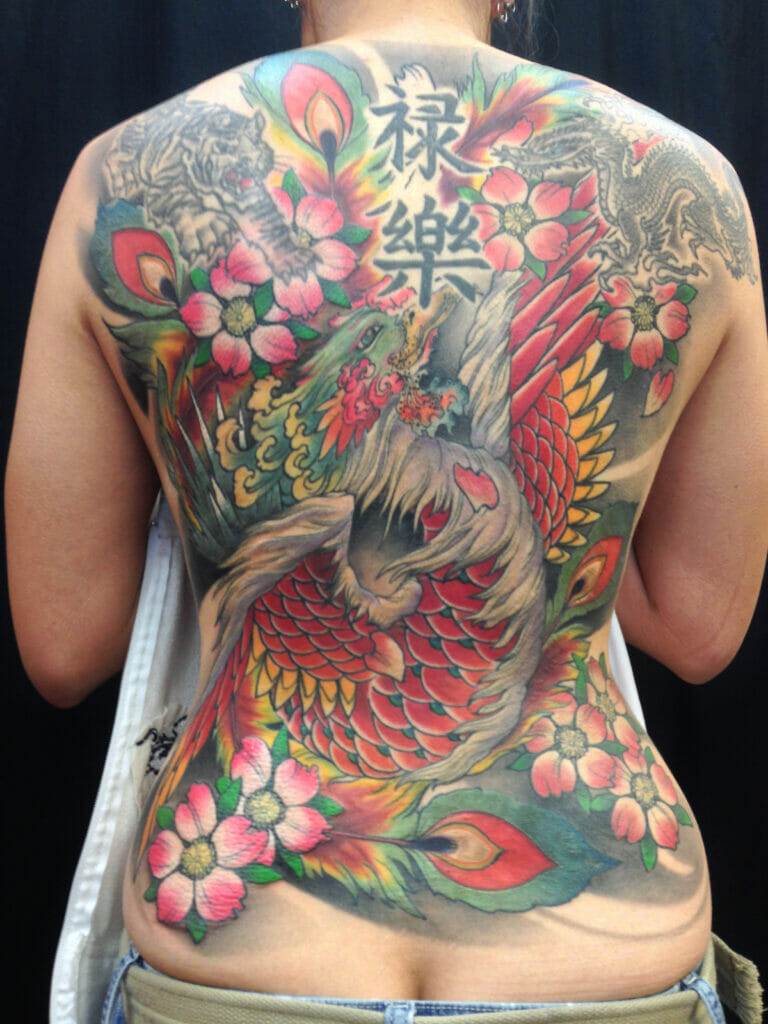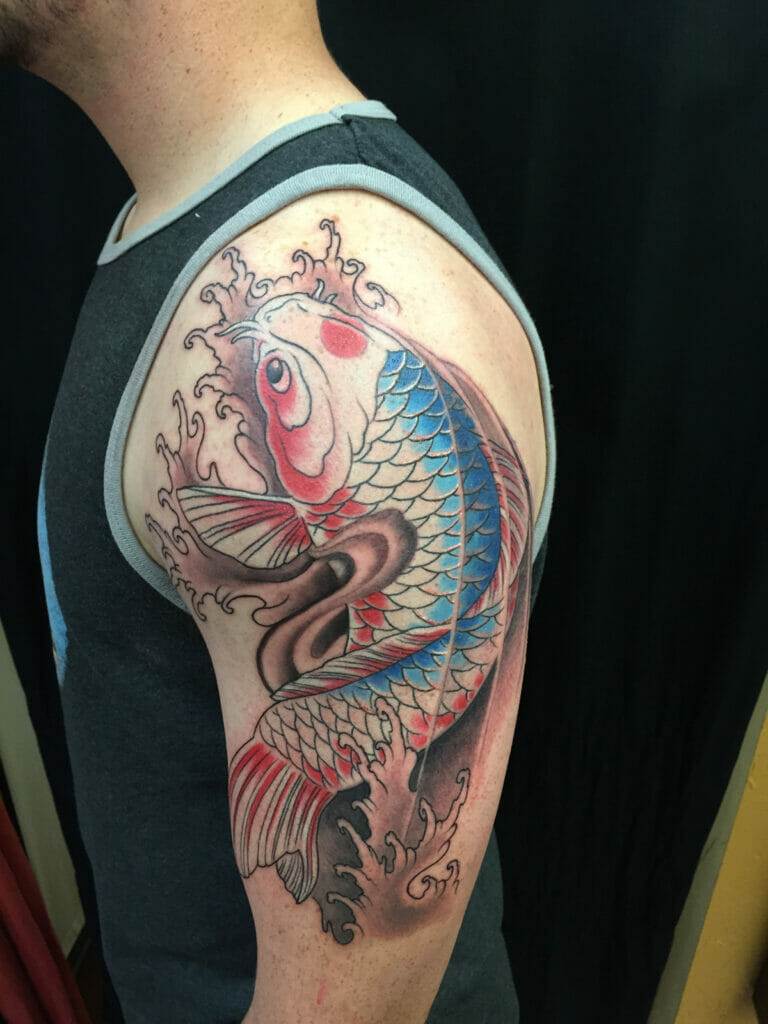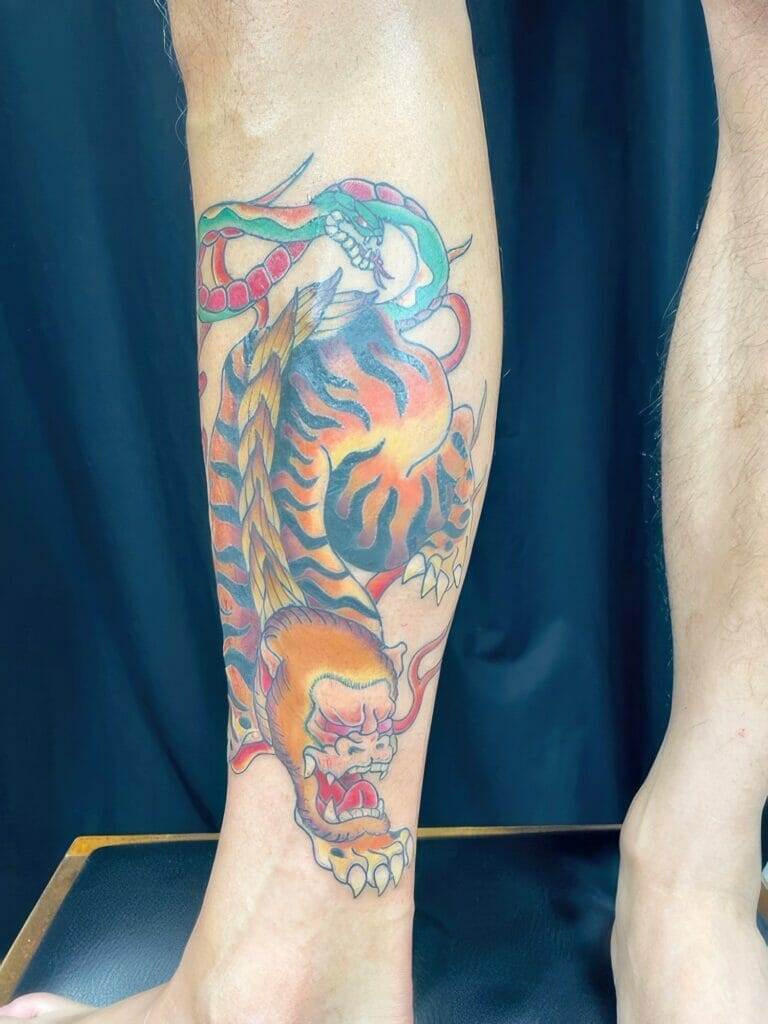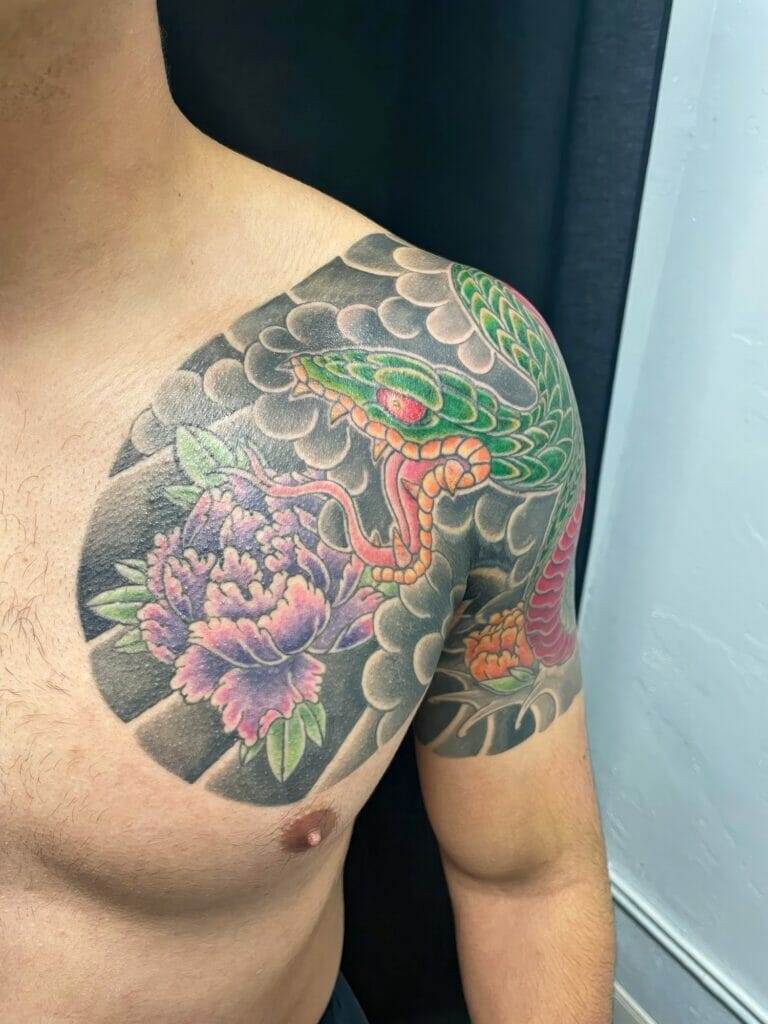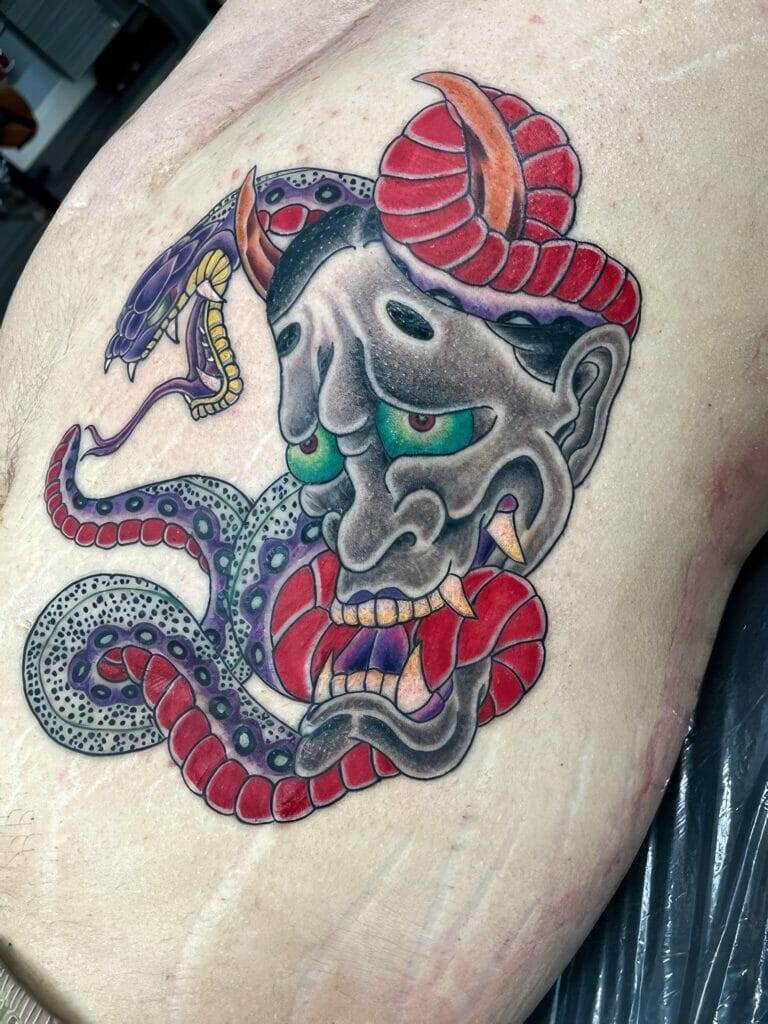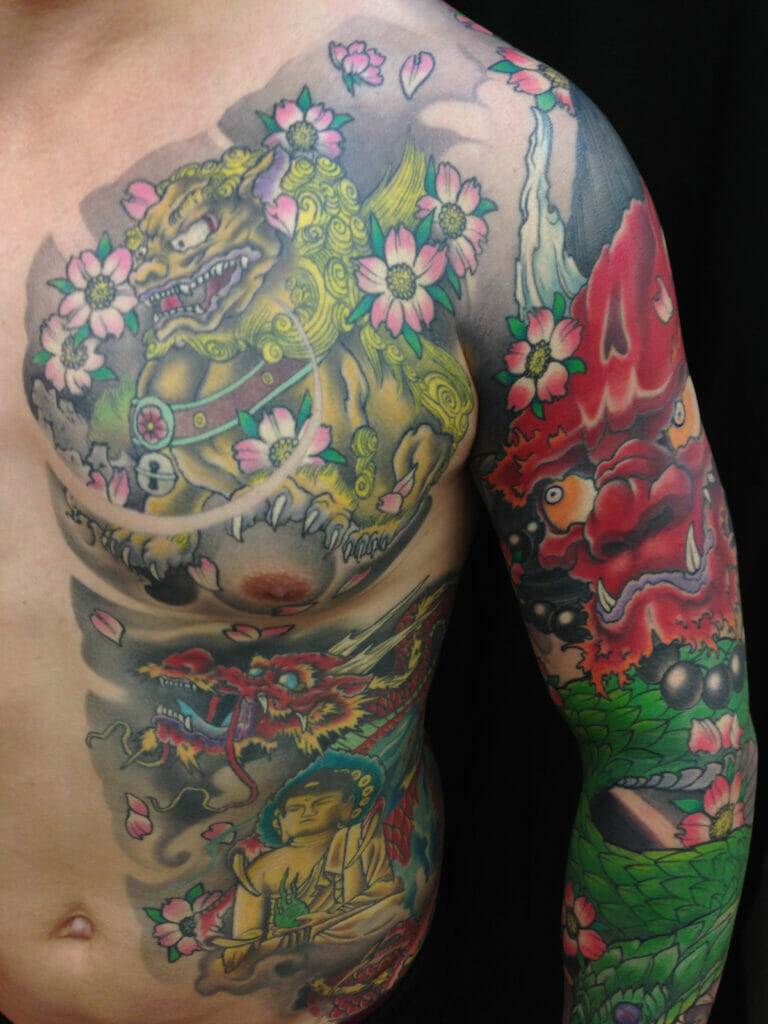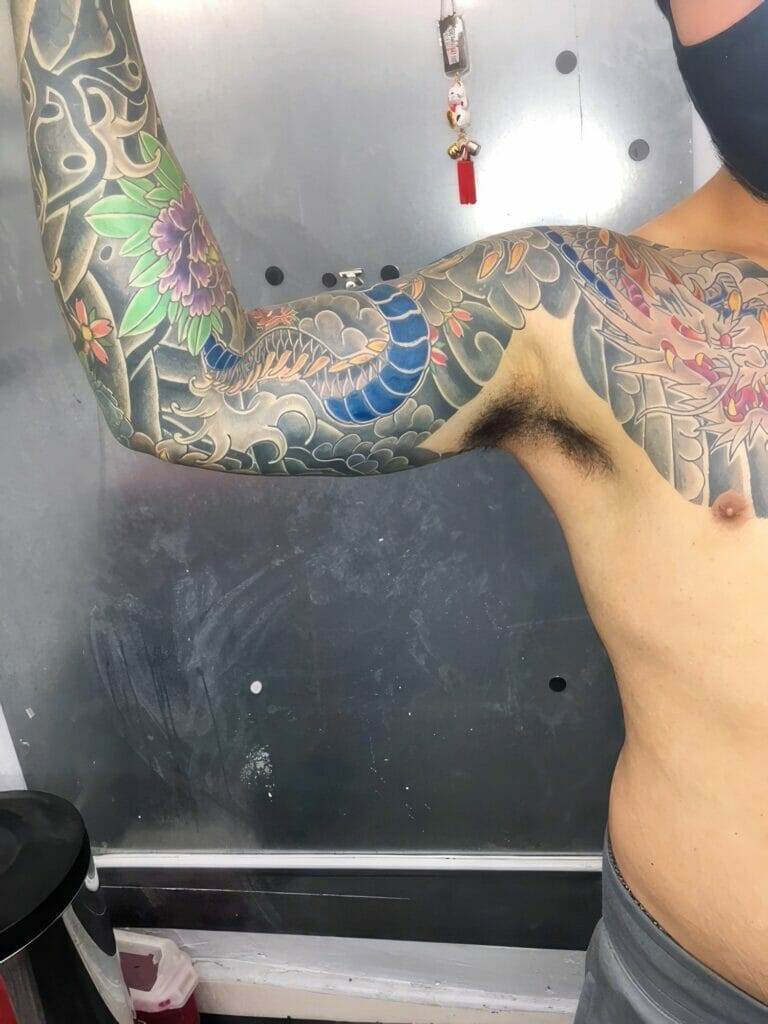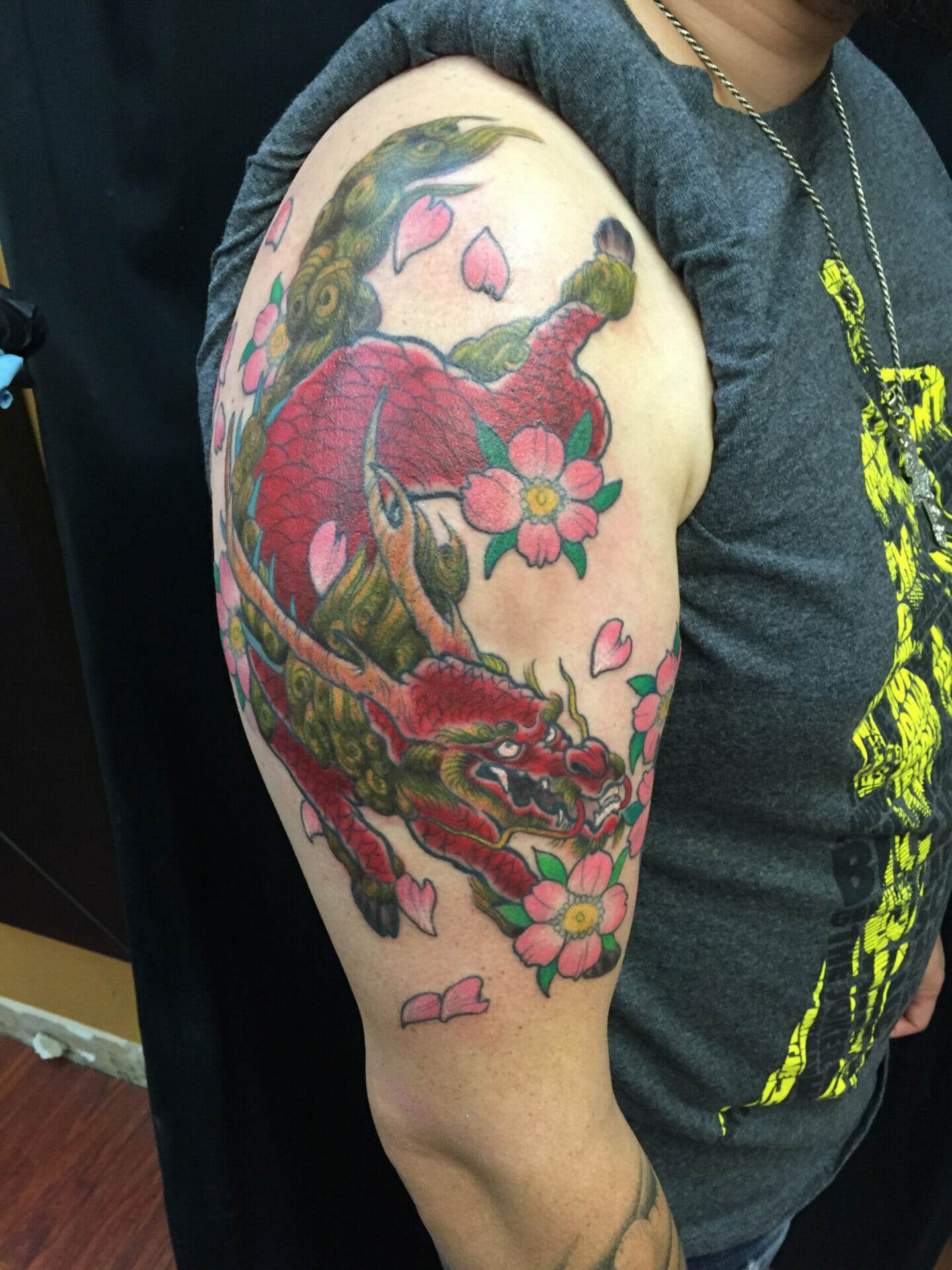
Japanese tattoo artistry is a rich and vibrant tradition that has captivated people around the world. From the intricate designs to the deep symbolism, Japanese tattoos are more than just body art – they are a reflection of history, culture, and personal expression. In order to truly appreciate and understand Japanese tattooing, it is important to delve into its history and explore the cultural significance behind it.
The Rich History of Japanese Tattoo Artistry: A Brief Overview
The origins of Japanese tattooing can be traced back thousands of years. The practice of tattooing, known as irezumi, was initially used for decorative purposes and to mark criminals as a form of punishment. However, over time, it evolved into an art form that was embraced by various social classes in Japan.
Early influences on Japanese tattooing came from China and Korea, where tattooing was already prevalent. These influences helped shape the development of Japanese tattooing techniques and styles. Tattooing in Japan also had a strong connection to the ukiyo-e woodblock prints, which depicted scenes from everyday life and were popular during the Edo period.
Tattooing played a significant role in Japanese society, with different designs and motifs carrying specific meanings. Tattoos were often associated with criminality and the yakuza, Japan’s organized crime syndicates. However, they were also seen as a form of protection and a way to honor one’s ancestors.
From Irezumi to Horimono: Understanding the Different Types of Japanese Tattoos
Japanese tattoos can be categorized into two main styles: irezumi and horimono. Irezumi refers to traditional Japanese tattoos that cover large areas of the body, such as the back, chest, and arms. These tattoos are characterized by their bold lines, vibrant colors, and intricate designs.
Horimono, on the other hand, refers to full-body tattoos that often depict traditional Japanese motifs, such as dragons, koi fish, and cherry blossoms. These tattoos are typically done in black and gray ink and require multiple sessions to complete.
Both irezumi and horimono have their own unique characteristics and techniques. Irezumi tattoos are often done using a hand-poked method, where the tattoo artist uses a needle attached to a wooden handle to manually insert the ink into the skin. Horimono tattoos, on the other hand, are done using a machine, similar to Western-style tattooing.
Popular motifs and designs in Japanese tattoos include dragons, koi fish, cherry blossoms, geisha, samurai, and traditional Japanese masks. Each of these designs carries its own symbolism and meaning, which we will explore in the next section.
The Symbolism Behind Japanese Tattoo Designs: What Do They Mean?
Symbolism plays a crucial role in Japanese culture, and this is reflected in their tattoo designs. Each motif and design carries its own meaning and significance. For example, dragons symbolize strength, wisdom, and good fortune. Koi fish represent perseverance and determination. Cherry blossoms symbolize the transient nature of life and beauty.
When choosing a design for a Japanese tattoo, it is important to consider the symbolism behind it and how it aligns with your personal values and beliefs. It is also important to research the cultural significance of the design to ensure that it is respectful and appropriate.
The Intricate Process of Traditional Japanese Tattooing: A Step-by-Step Guide
Traditional Japanese tattooing is a meticulous process that requires patience, skill, and endurance. The process begins with preparation and purification rituals to ensure that both the tattoo artist and the client are spiritually ready for the tattooing process.
The tools used in traditional Japanese tattooing include a wooden handle with a needle attached to it, known as a tebori. The tattoo artist uses this tool to manually insert the ink into the skin, creating the intricate designs that are characteristic of Japanese tattoos.
The tattooing process can be quite painful and time-consuming, with large-scale tattoos taking multiple sessions to complete. However, the end result is a work of art that is not only visually stunning but also deeply meaningful.
The Role of the Master Tattooist in Japanese Culture: Honoring Tradition
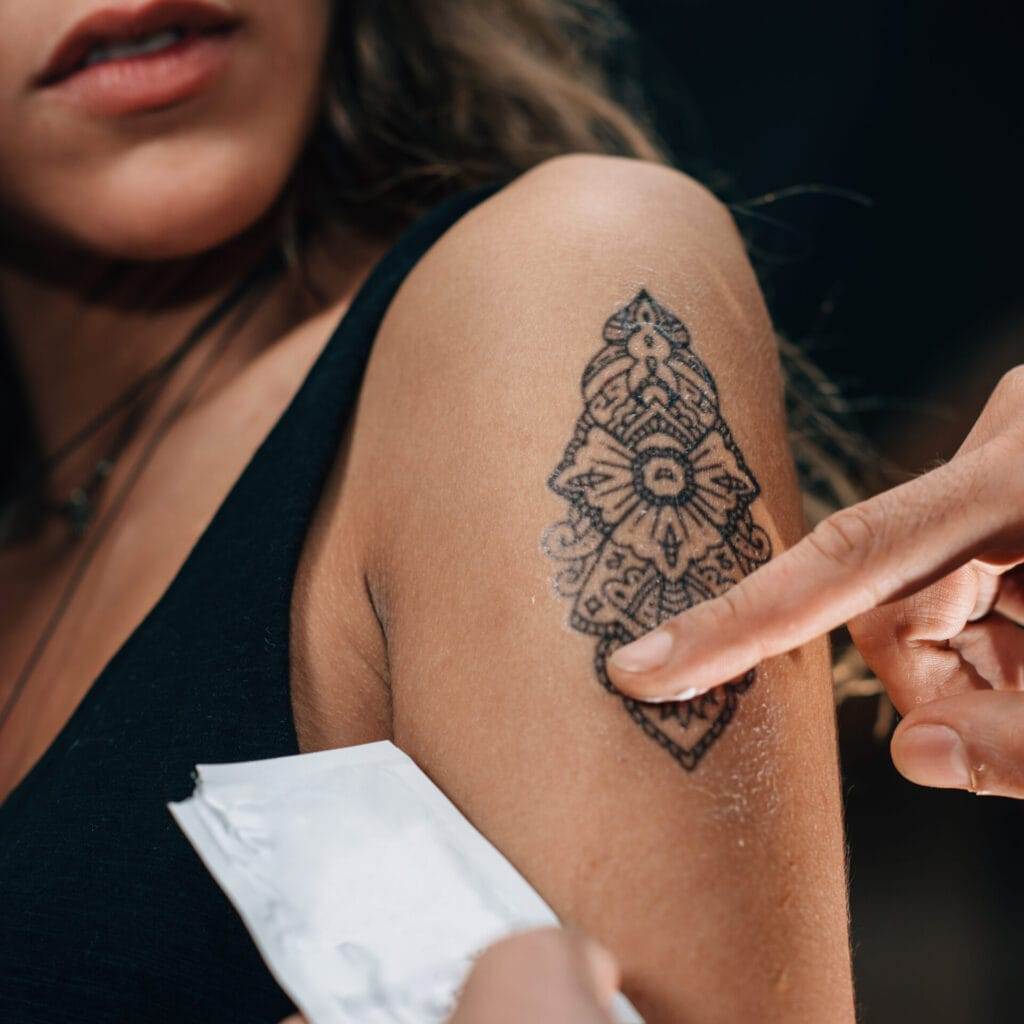
In Japanese culture, the role of the master tattooist is highly respected and revered. Becoming a master tattooist requires years of apprenticeship and dedication to learning the traditional techniques and styles of Japanese tattooing.
The responsibilities of a master tattooist go beyond just creating beautiful tattoos. They are also responsible for preserving and passing on the knowledge and skills of traditional Japanese tattooing to future generations. This includes teaching their apprentices the proper techniques, as well as instilling in them a deep respect for the cultural significance of Japanese tattooing.
Preserving traditional techniques and styles is crucial in order to maintain the integrity and authenticity of Japanese tattooing. While there have been modern adaptations and innovations in Japanese tattooing, it is important to strike a balance between tradition and innovation to ensure that the art form continues to thrive.
The Evolution of Japanese Tattoo Artistry: Contemporary Styles and Techniques
While traditional Japanese tattooing remains highly revered, there has been an evolution in contemporary styles and techniques. With the influence of Western tattooing, there has been a blending of styles, resulting in unique and innovative designs.
Contemporary Japanese tattoos often incorporate elements of realism, abstract art, and other Western tattooing styles. This fusion of styles allows for greater artistic expression while still maintaining a connection to the rich history and culture of Japanese tattooing.
However, it is important to note that while contemporary styles may be popular, traditional Japanese tattooing techniques and styles should not be forgotten or overshadowed. It is important to continue honoring and preserving these traditions to ensure that the cultural significance of Japanese tattooing is not lost.
The Significance of Body Placement in Japanese Tattooing: Finding Harmony
In Japanese tattooing, body placement is of utmost importance. The placement of a tattoo on the body can greatly affect its meaning and symbolism. Traditional Japanese tattoos often follow specific placement guidelines to create a sense of balance and harmony.
For example, a dragon tattoo is typically placed on the back, with the head on one shoulder and the tail on the other. This creates a sense of movement and balance. Similarly, koi fish tattoos are often placed on the arm or leg, with the fish swimming against the current to symbolize perseverance.
When choosing the placement for a Japanese tattoo, it is important to consider the design and its symbolism. It is also important to consult with a knowledgeable tattoo artist who can guide you in making the right decision.
The Importance of Choosing the Right Design: Personal Expression and Cultural Respect
Choosing the right design for a Japanese tattoo is a deeply personal decision. It is an opportunity to express oneself and showcase one’s values and beliefs. However, it is also important to approach this decision with cultural sensitivity and respect.
When choosing a design, it is important to research its cultural significance and ensure that it aligns with your personal values. It is also important to consult with a knowledgeable tattoo artist who can provide guidance and ensure that the design is respectful and appropriate.
Japanese tattooing has a long history and carries deep cultural significance. It is important to approach this art form with respect and appreciation for its rich heritage.
The Cultural Significance of Japanese Tattooing: Beyond Aesthetics
Japanese tattooing goes beyond just aesthetics – it is deeply rooted in history, culture, and spirituality. Tattoos have played a significant role in Japanese society for centuries, representing everything from criminality to protection and honor.
Tattooing in Japan has also been closely tied to spirituality and the belief in the connection between the physical and spiritual realms. Tattoos were often seen as a way to communicate with the gods and ancestors, and were believed to offer protection and good fortune.
Understanding the cultural significance of Japanese tattooing is crucial in order to fully appreciate and respect this art form. It is important to approach Japanese tattoos with an open mind and a willingness to learn about the history and traditions behind them.
The Global Impact of Japanese Tattoo Artistry: A Growing Appreciation
Japanese tattooing has gained popularity around the world, with people from all walks of life embracing this art form. The intricate designs, deep symbolism, and rich history of Japanese tattoos have captivated people outside of Japan.
The influence of Japanese tattooing can also be seen in Western tattooing, with many artists incorporating elements of Japanese style into their work. This cultural exchange and appreciation have helped to further elevate the status of Japanese tattooing on a global scale.
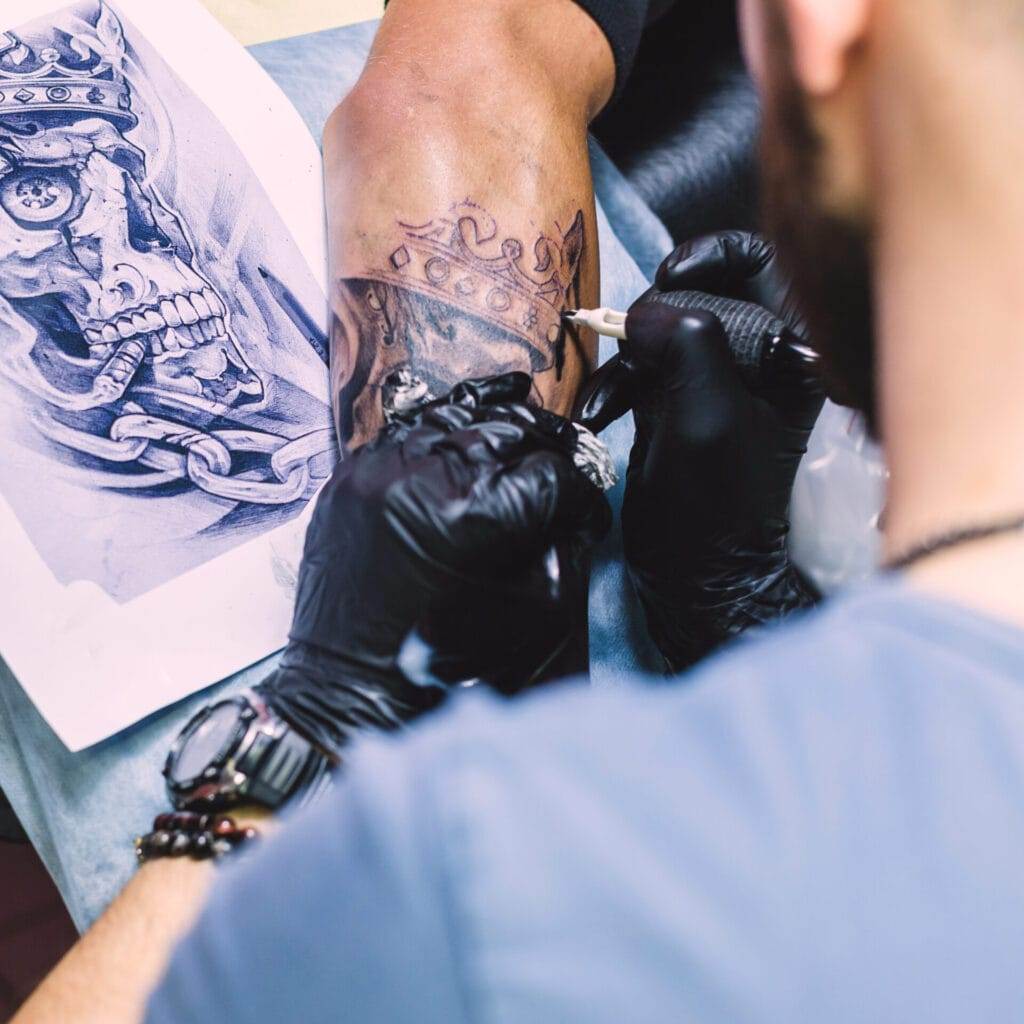
The Future of Japanese Tattooing: Preserving Tradition in a Modern World
While Japanese tattooing continues to thrive, there are challenges in preserving traditional techniques and styles in a modern world. With advancements in technology and changing societal norms, there is a risk of traditional tattooing techniques being lost.
However, there are efforts being made to preserve and pass on the knowledge and skills of traditional Japanese tattooing. Tattoo artists are working to ensure that traditional techniques are not forgotten, and that future generations have the opportunity to learn and practice this art form.
Modern technology also plays a role in preserving traditional tattooing. With the use of digital tools and equipment, artists can create designs that stay true to traditional Japanese aesthetics while still incorporating modern techniques.
In conclusion, understanding the history and culture behind Japanese tattooing is crucial in order to fully appreciate and respect this art form. From its rich history to its deep symbolism, Japanese tattoos are more than just body art – they are a reflection of tradition, spirituality, and personal expression.
By delving into the origins of Japanese tattooing, exploring the different types of tattoos and their meanings, and understanding the intricate process and cultural significance behind it, we can gain a deeper appreciation for this art form.
It is important to approach Japanese tattooing with respect and cultural sensitivity. By choosing designs that reflect our personal values and beliefs, and by honoring the traditions and techniques of Japanese tattooing, we can ensure that this art form continues to thrive and be appreciated for generations to come.

